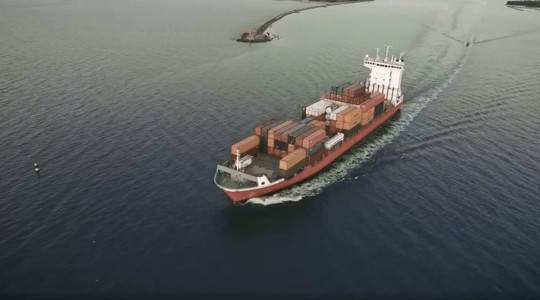What Is Site Remediation?
Regarding property contamination litigation, site remediation is a strategy to clean up environmental damage caused by oilfield operations or hydraulic fracturing.
Also known as land remediation, site remediation usually combines input from the landowners and oil and gas companies as well as independent industry experts and environmental scientists. The site must first be screened, investigated, and have the results compared with property standards. The site is then remediated and subject to monitoring to prevent further contamination.
For remediation to begin, it must be determined that the land is contaminated and to what degree it has been contaminated. It must also be proven who was at fault for the damage before a remediation plan can be formulated. The process of determining a proper remediation plan may be lengthy and expensive, involving extensive on-site surveys and research. The mission will be to restore the property to the condition it was in before the damage occurred (i.e. remediation), and to protect against future harm caused by the contamination.
If a legal team gets involved, they will have the responsibility of working with the company to arrive at a site remediation plan that will best get the land back to its prior condition.
